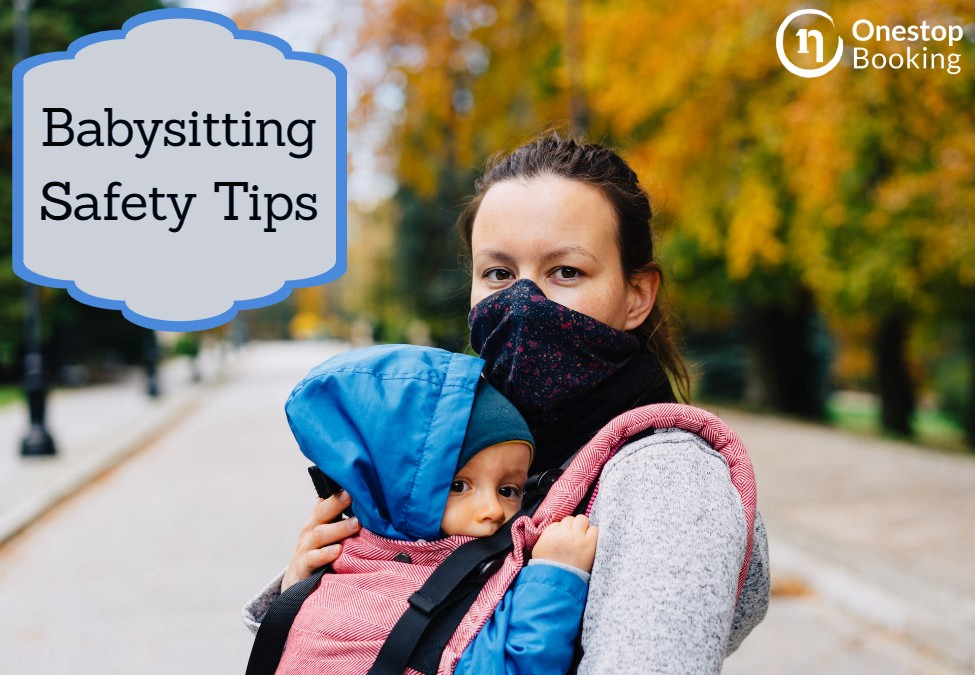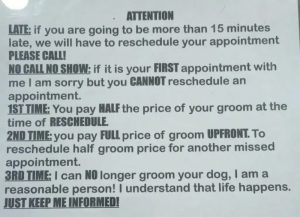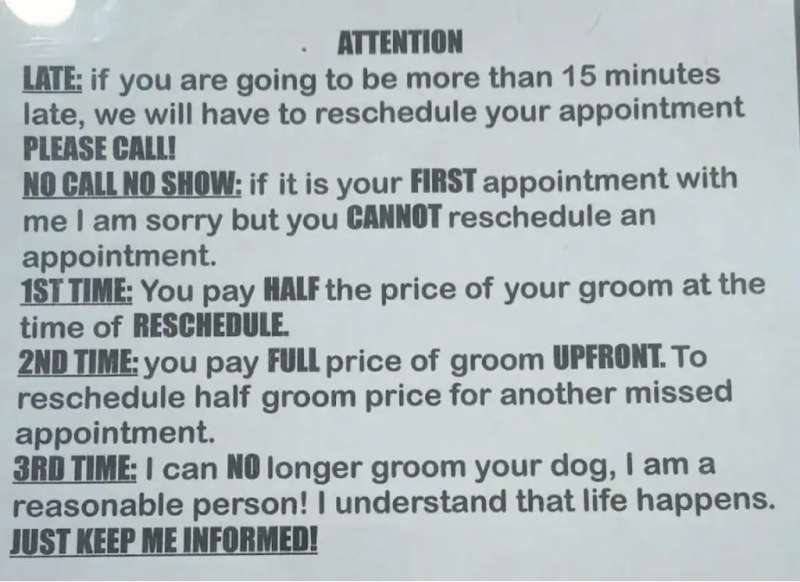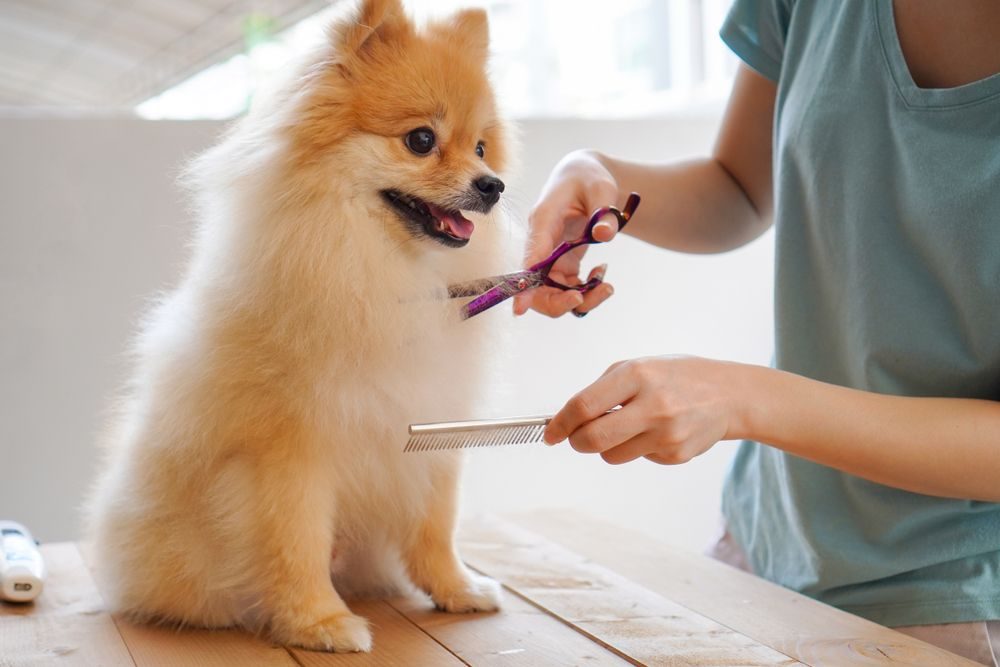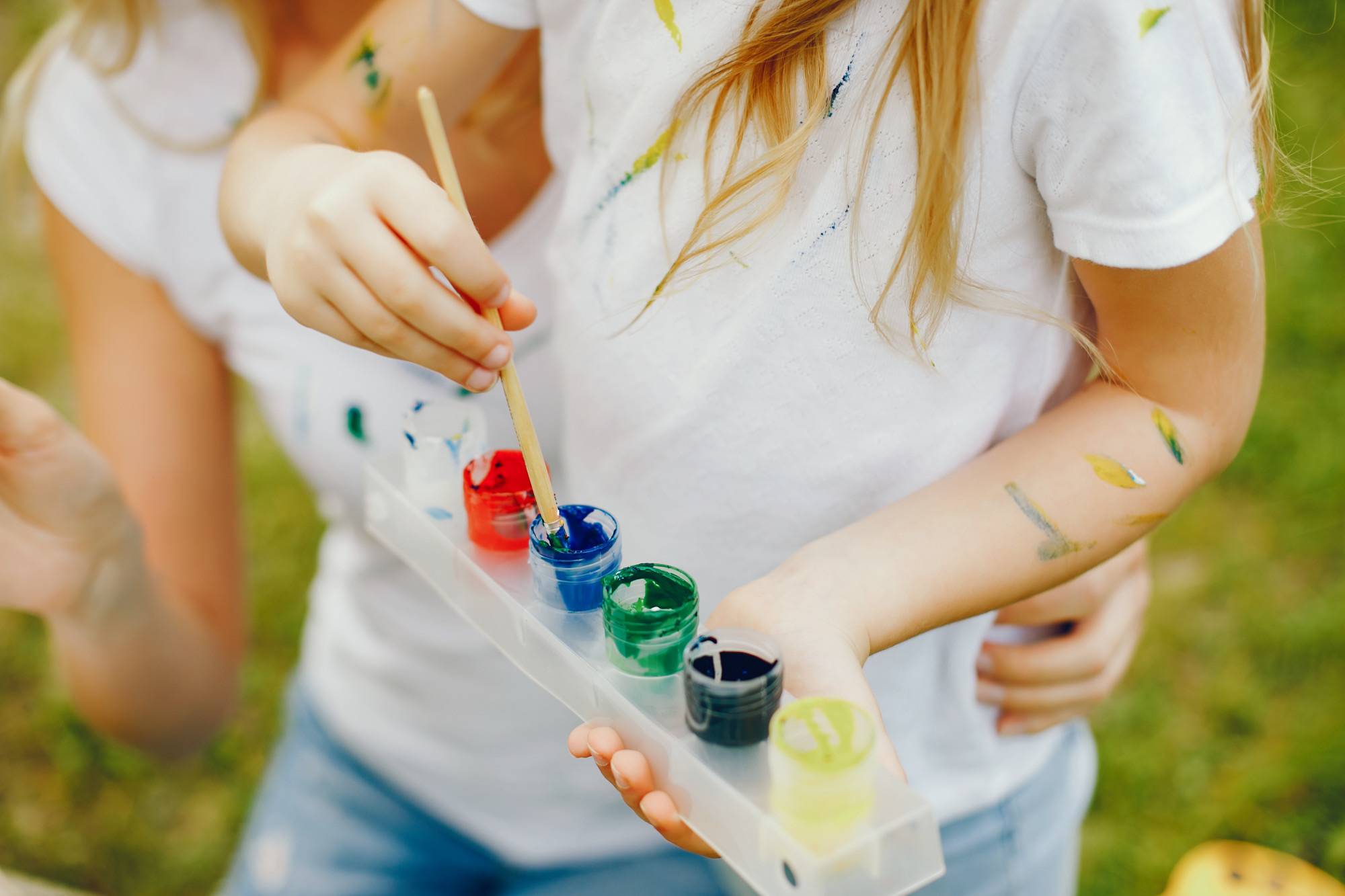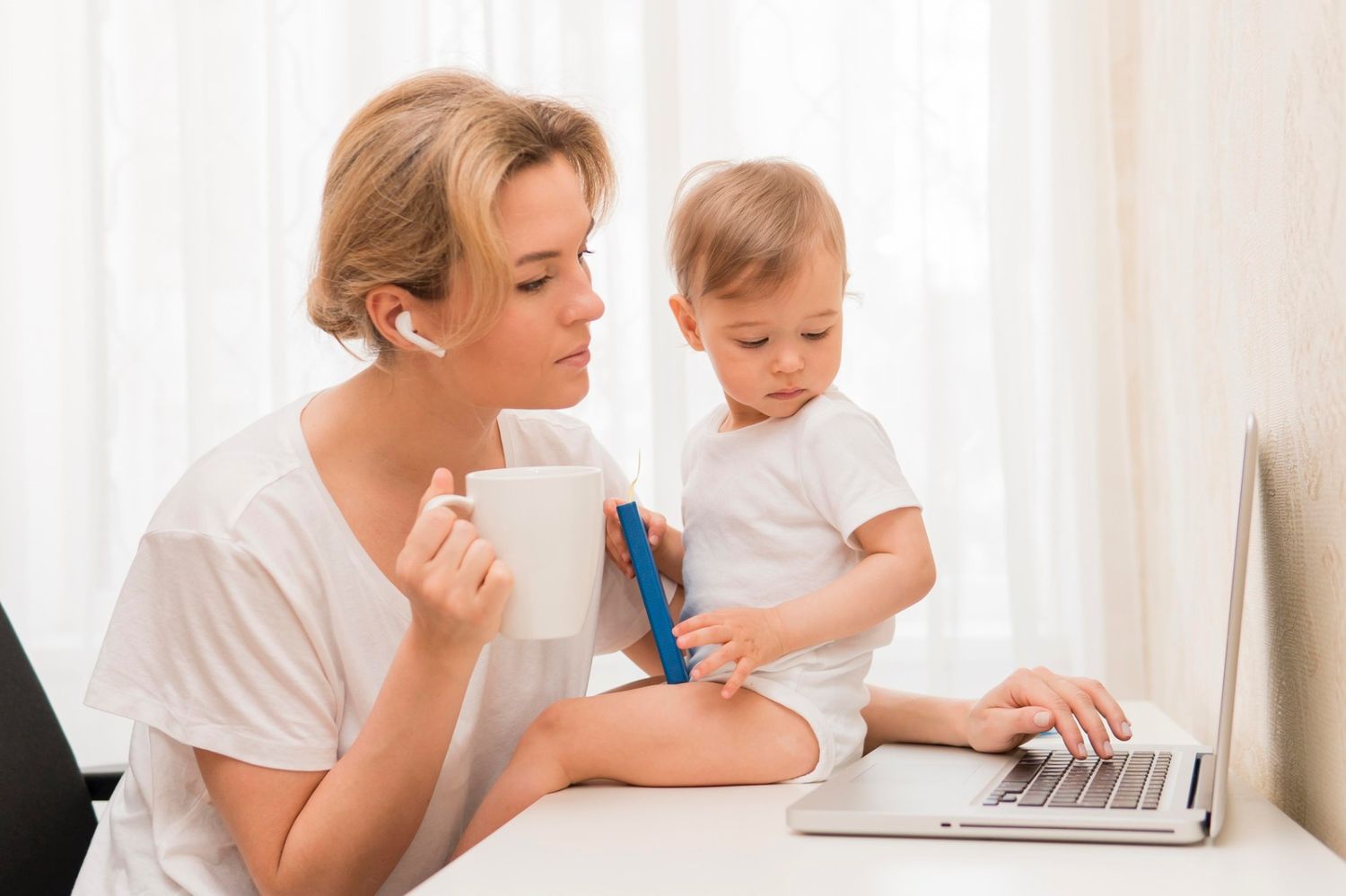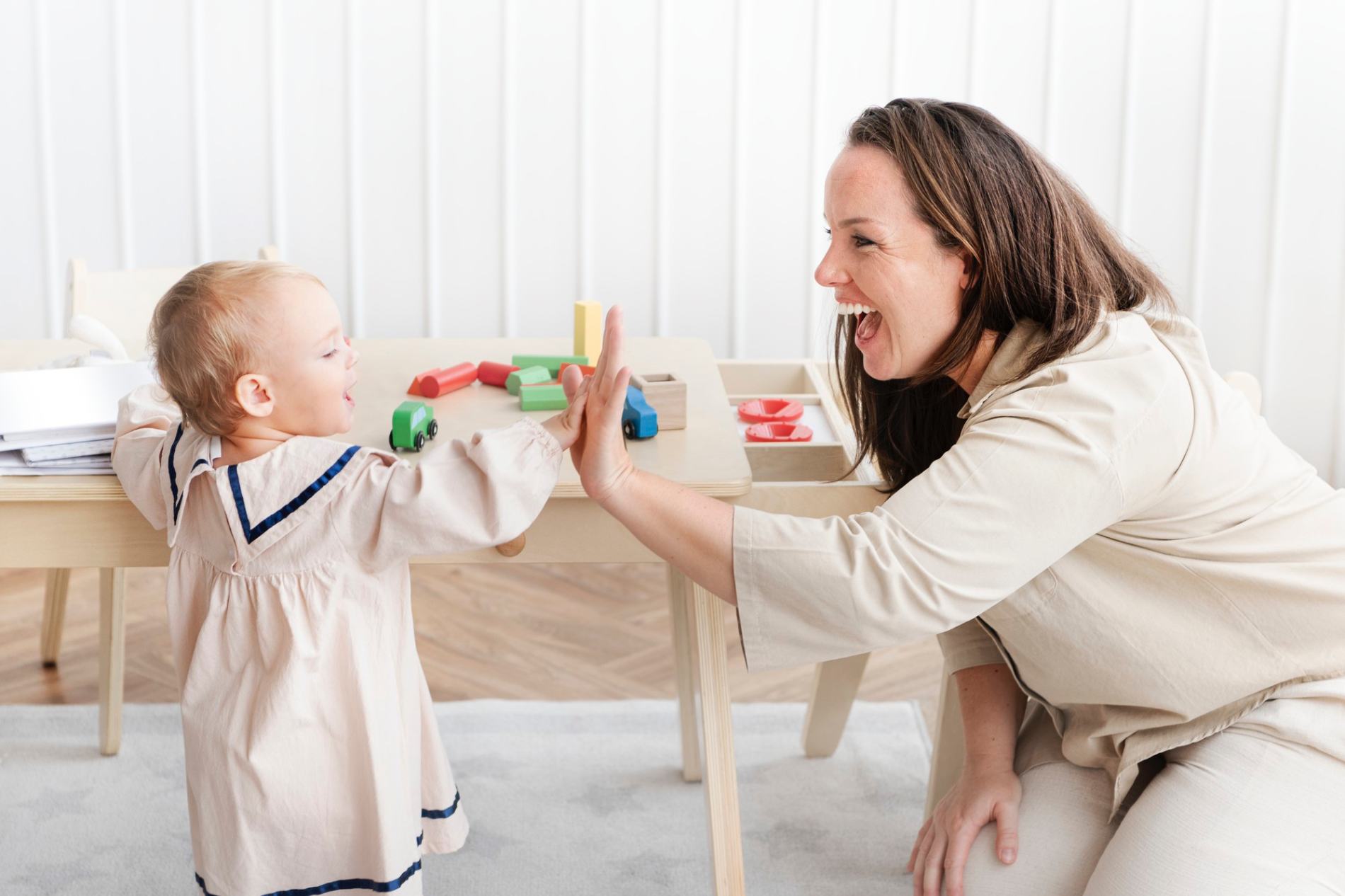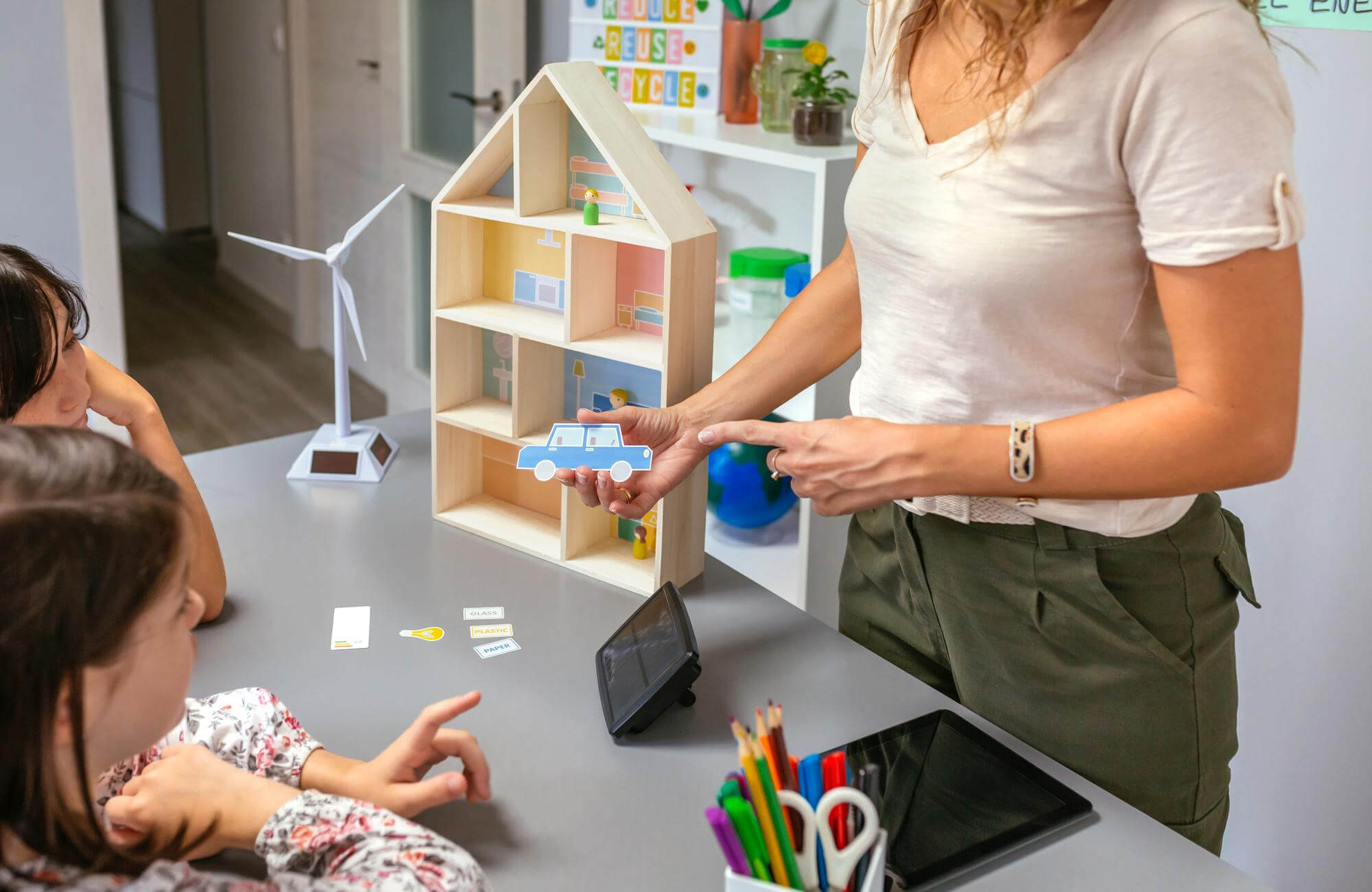Babysitting safety is one of the most critical things you must learn before you start your job as a babysitter. Learning to keep the children under your care safe will help you reduce accidents, know what to do in emergencies, and prevent or anticipate potentially dangerous situations. In this post, we will highlight and discuss the safety tips you must follow as a babysitter.
Preparing for The Job

Safety in babysitting is all about being proactive and preparing well to ensure you know what to expect and what is expected of you. It may involve taking lessons about child safety and getting information about your new working environment, the child or children under your care, etc. You may not have much time for some jobs, but it is essential to plan ahead and not get caught off-guard.
The parents or guardians usually play a pivotal role in preparing a new babysitter, with safety taking centerstage. Ideally, you should have a brief session with them before starting the job where they will explain things like:
- The home’s layout and design and potential hazards like pools, broken windows, dangerous pets, etc.
- The medical conditions of the child or children under your care
- Any food allergies
- Special needs of children under your care
- Emergency contacts (like who to call in case of an emergency, some parents may request you reach a specific doctor or a specific hospital)
- The age of the children and how they react to situations like discomfort, etc.
As part of your preparation before accepting a job as a babysitter, you also need to do a risk assessment with the help of the parents or other responsible parties. A risk assessment in babysitting involves evaluating the work environment (usually the home) for potential risks and hazards to you and the children under your care and devising ways to eliminate them or avoid them:
A common hazard or risk you need to identify before you start your job as a babysitter is large bodies of water near the house, like pools and ponds, especially where toddlers are involved. Others include electrical sockets, appliances, electronics, fire hazards, steep staircases, pets, moving objects like fans, etc. Ensure you map out or are aware of all these hazards and identify safe areas for the child and where you can keep a watchful eye on them even as you attend to other chores.
Is It Safe to Hire A Babysitter from The Internet?
You can use the internet to search for professional babysitters or babysitting services, but it is generally not safe to hire a babysitter directly from the internet. Some babysitting agencies and professional babysitting services advertise their services on the internet. Some may even allow you to view information about them or babysitters in their agency so you can find the perfect match for your needs.
Instead, you should:
- Do background checks on the babysitter
- Use a professional babysitting agency
- Do physical interviews
- Request and verify references
- Ask for proof of identity
- See and verify the babysitter’s certifications and testimonials, if any.
Hiring a babysitter from the internet can be risky. You may be unable to assess the background of the person you are hiring and verify the information they have posted online. Some unscrupulous individuals and agencies may also post false information as bait for parents looking for babysitting services.
Safety Measures in The Home
Most of your time as a nanny will be spent inside or near the living premises of the child or children under your care. It s, therefore, essential to familiarize yourself with the risks or hazards in and around that home so you can protect the children at all times. This also usually depends on the age of the children you are caring for and the specific instructions given by their parents or guardians:
Generally, a babysitter should be aware of the following things in a home concerning child safety and well-being:
Electrical outlets, wiring, appliances, and other fixtures
You should be familiar with the status and positioning of any electrical outlets and related fixtures within their reach to prevent accidental electrocution or fire hazards. For older children, watch how they interact with electrical equipment such as television sets, toasters, and such for safety.
Pools and ponds
Some homes may have unfenced or unenclosed pools or ponds that are dangerous to young children. Ensure you are always aware of the children’s whereabouts and never let them venture near pools, ponds, or other hazardous water bodies.
Sharp objects
Most homes have dangerous objects near children, such as cutlery, bottles, toys, and other miscellaneous items you must protect them from as a babysitter. Note items that pose a danger and move those you can move away from the children.
Other potentially hazardous things to watch out for at home include:
- Unsecured balconies and stairs
- Exposed nails and screws
- Open fires, such as stoves, fireplaces, and candles
- Toxic cleaning products and chemicals
- Small items that can be swallowed
- Glass items, such as windows, mirrors, and picture frames
- Medicines and vitamins stored in reachable places such as bedside drawers.
While you may not be able to map out the entire home and eliminate all hazards and risks., you can ensure the child’s safety by keeping a watchful eye on them at all times. Also, take note of the instructions you get from your employer or other adults in the home about these hazards.
Emergency Procedures
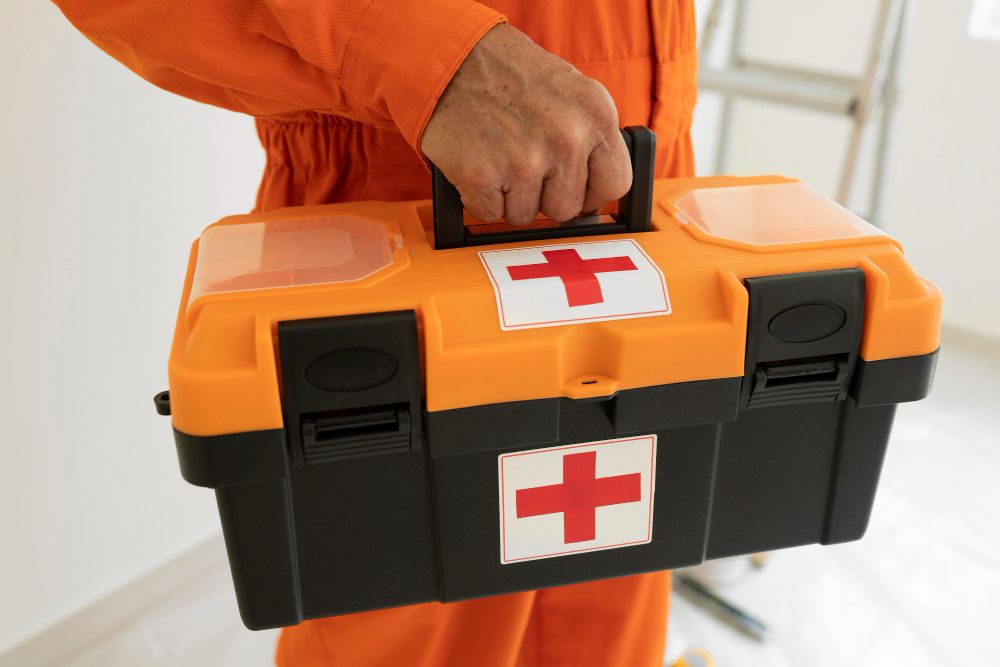
While your focus should be protecting the child or children left under your care as a babysitter, there is always a chance that something will happen that calls for emergency procedures. You are expected to have training in basic first aid as a babysitter to help you react to such situations before the emergency services get to your location or before you get help.
Some of the most common emergencies that may arise while babysitting include:
- Physical injury from sharp objects, falls, or other hazards
- Choking
- Poisoning
- Fever
- Drowning
- Allergies
- Asthma attacks
- Cuts
- Seizures
- Falling
- Unconsciousness
- Heat illness
- Insect or animal bites
- Diarrhea and vomiting
- Abdominal pain etc.
The following are suggested general guidelines for emergency procedures involving young children.
- Assess the situation- Quickly assess the problem before you react. Reacting too quickly may lead to mistakes that exacerbate the situation.
- For injuries, assess the severity to determine if you need to administer first aid and call an ambulance.
- Move the child or children to a safe place away from the hazard if possible.
- Call 911 or inform the child’s parents or guardians- this depends on the severity of the emergency.
- Provide first aid if the injury is minor
- Carry out other necessary procedures depending on the emergency according to your manual. For example, you can give an asthmatic child an inhaler if they have an asthma attack.
- Stay with the child until help arrives and give them information about the incident
- Document the emergency and report it to the child’s parents or guardians and your agency if applicable
Be sure to follow what you have in your emergency checklist or babysitting manual if you were issued one by your agency. Also, remember that different incidences call for other procedures. Be prepared for emergencies and know how to alleviate the situation before help arrives.
Safety Measures Outside the Home
Part of your babysitter duties may involve accompanying the kids to outdoor activities such as amusement parks, shopping, picnics in the local park, etc. You will usually encounter a different set of risks and potential hazards while outside the home, such as:
- Falling- sips and trips, obstacles in pathways, uneven surfaces
- Insects – stings and bites
- Water hazards- nearby bodies of water, kiddie pools, ponds, etc.
- Traffic- busy roads, bike paths, and streets
- Sun exposure- sunburn and dehydration
- Unstable structures such as playground equipment, treehouses, and sandboxes.
- Foreign objects like broken glass
- Strangers
- Weather hazards such as wind, rain, lightning, etc.
- Dogs, pigs, birds, and cats are unfamiliar animals or aggressive pets.
As a babysitter, you can take several safety measures to protect the child or children from these hazards. First, ensure the outdoor area is safe by checking for potential risks- remove the ones you can. Ensure the child or children wear appropriate clothing for the weather, such as hats, and use sunscreen if needed. Also, keep an eye on the child or children and ensure they are safe from all hazards, including other people.
Dealing with Strangers
Always protect the child or children under your care from strangers outside and at home. Children do not often understand the potential danger of talking to strangers and may not recognize signs of trouble. It’s essential to be aware of your surroundings and ensure the child or children do not talk to strangers or go anywhere with someone else.
Conclusion
Babysitting is a great job, and it’s vital to ensure you have the appropriate safety measures in place to ensure the well-being of the children in your care. By following the safety tips outlined in this article, you can ensure that you and the children you’re babysitting are safe and happy. Also, ensure you have the necessary supplies and resources to prepare for potential emergencies.
Did you like this post? If yes, please share it with anyone you know who may be interested in learning more about babysitting safety tips.
Image Credit:
- Image by Freepik
- Image by prostooleh on Freepik


